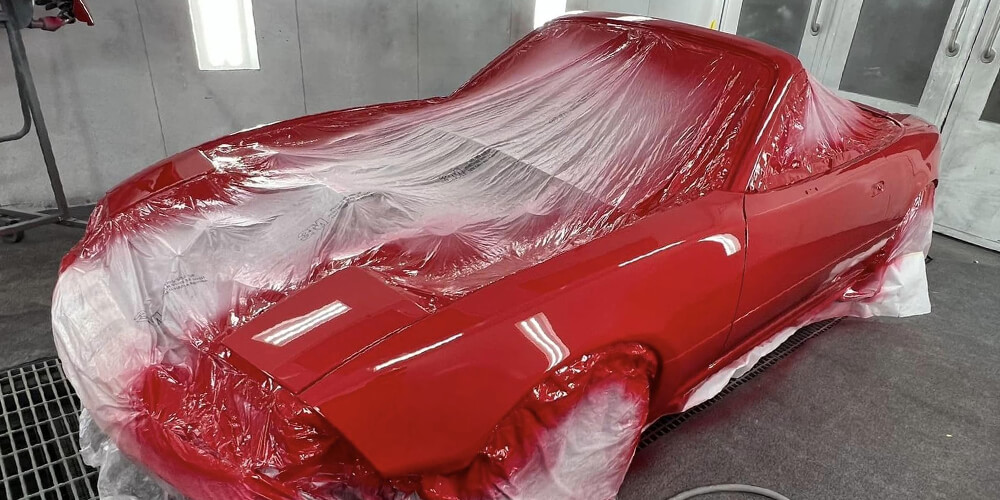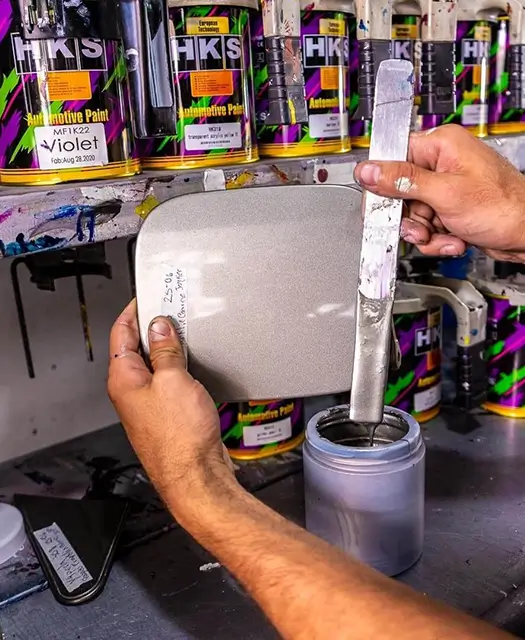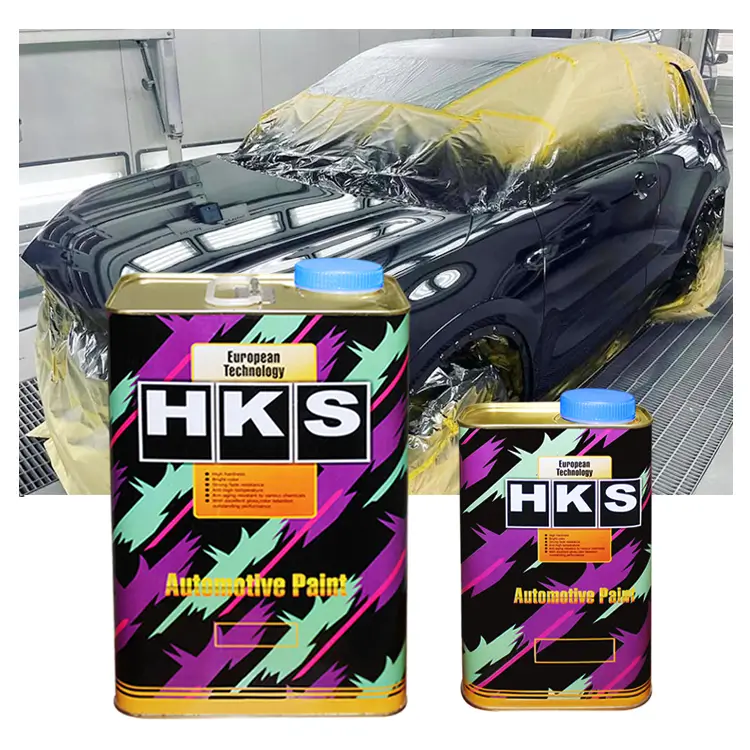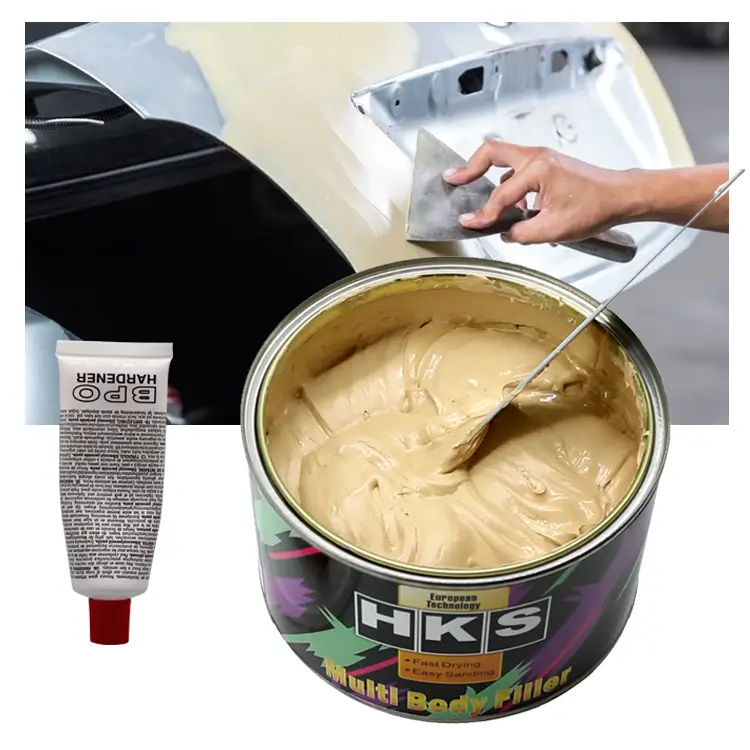
Automotive Paint Gloss Levels
When it comes to automotive paint, gloss levels play a crucial role in determining the overall appearance and aesthetic appeal of a vehicle. From high-gloss finishes that reflect like a mirror to matte finishes that exude a sophisticated allure, understanding automotive paint gloss levels is essential for car enthusiasts, professionals, and manufacturers alike. In this comprehensive guide, we will delve into the intricacies of automotive paint gloss levels, explore the different types of gloss finishes available, and discuss their applications in the automotive industry. So, buckle up and get ready to dive into the fascinating world of automotive paint gloss levels.
What are Automotive Paint Gloss Levels?
To grasp the concept of automotive paint gloss levels, it is essential to understand what gloss actually means. Gloss refers to the amount of light reflected off a painted surface. In simple terms, it determines how shiny or reflective the paint finish appears. Automotive paint gloss levels are categorized based on the amount of light reflection, which is measured using a gloss meter. The measurement is typically expressed in gloss units (GU).
Different Types of Automotive Paint Gloss Finishes
1. High-Gloss Finish
A high-gloss finish is known for its intense shine and mirror-like reflection. This type of finish is achieved by applying multiple layers of clear coat on top of the base color coat. High-gloss finishes are popular in the automotive industry as they enhance the vehicle's visual appeal and provide excellent depth and clarity to the paint.
2.Semi-Gloss Finish
A semi-gloss finish strikes a balance between high gloss and matte finishes. It offers a moderate level of shine and reflection, making it a versatile choice for various applications. Semi-gloss finishes are often used on trim elements, accents, and certain vehicle components to add visual interest without being overly reflective.
3. Satin Finish
Satin finishes have gained popularity in recent years for their elegant and understated look. With a smooth and low sheen appearance, satin finishes provide a sophisticated touch to the vehicle's paintwork. These finishes are commonly seen on luxury cars and custom builds, offering a unique and upscale aesthetic.
4. Matte Finish
Matte finishes, also known as flat finishes, are characterized by their low reflectivity and non-shiny appearance. These finishes have gained traction among car enthusiasts looking to achieve a bold and distinctive look. Matte finishes are often used on sports cars, luxury vehicles, and aftermarket modifications.
5. Textured Finishes
In addition to the aforementioned gloss finishes, textured finishes have gained popularity in recent years. These finishes incorporate various textures and patterns, such as metallic flakes or textured additives, to create a visually appealing and unique surface. Textured finishes offer a blend of aesthetics and tactile sensations, making them a popular choice for customization and personalization.
Applications of Automotive Paint Gloss Levels
1. Automotive Manufacturing
Automotive manufacturers utilize different gloss levels to create diverse visual effects and cater to varying consumer preferences. High-gloss finishes are commonly used for mainstream vehicle models, offering a classic and timeless appeal. Luxury vehicles often feature satin or matte finishes to convey exclusivity and sophistication.
2. Customization and Aftermarket Industry
The customization and aftermarket industry thrive on providing unique paint finishes to car enthusiasts. Different gloss levels are used to create one-of-a-kind looks and enhance the individuality of a vehicle. From high-gloss wraps that make a bold statement to matte finishes that exude a stealthy vibe, customization options are endless.
3. Restorations and Vintage Cars
Restoring vintage cars requires careful consideration of original paint finishes. Automotive restorations aim to replicate the original gloss levels of vintage cars. This involves researching historical documentation and using specialized techniques to recreate the specific gloss finish that matches the vehicle's era. Achieving the correct gloss level is essential for maintaining the authenticity and value of these classic automobiles.
4. Commercial and Industrial Applications
Automotive paint gloss levels also find application beyond consumer vehicles. Commercial and industrial sectors utilize different gloss finishes for purposes such as fleet branding, equipment painting, and signage. High-gloss finishes are often preferred for commercial vehicles to enhance brand visibility and project a professional image.
5. Maintenance and Detailing
Understanding automotive paint gloss levels is crucial for proper maintenance and detailing. Different gloss finishes require specific care to preserve their appearance. For high-gloss finishes, regular polishing and waxing help maintain their shine, while matte finishes require specialized products that do not contain gloss-enhancing ingredients.
Factors Affecting Automotive Paint Gloss Levels
Several factors influence automotive paint gloss levels. These include the quality of the paint materials used, the application technique, environmental conditions during painting, and the level of surface preparation. Paint thickness, smoothness, and the presence of imperfections also impact the final gloss appearance.
Achieving and Maintaining Desired Automotive Paint Gloss Levels
To achieve and maintain the desired automotive paint gloss levels, it is crucial to follow proper painting techniques, use high-quality paint materials, and ensure proper surface preparation. Professional paint shops employ advanced equipment, such as spray booths and precision gloss meters, to achieve consistent and accurate gloss levels.
Regular maintenance and detailing are essential to preserve the paint's gloss levels. This includes washing the vehicle with gentle cleaning products, using appropriate detailing techniques, and protecting the paint with quality sealants or coatings. It is important to follow manufacturer recommendations and seek professional advice when necessary.
Conclusion
Understanding automotive paint gloss levels is vital for car enthusiasts, professionals, and manufacturers. The different types of gloss finishes offer a wide range of aesthetic possibilities, allowing for customization and personalization. Whether it's high-gloss, semi-gloss, satin, matte, or textured finishes, each has its own unique appeal and applications in the automotive industry.
Achieving and maintaining the desired automotive paint gloss levels require proper techniques, quality materials, and regular care. By considering factors such as surface preparation, environmental conditions, and paint thickness, one can achieve outstanding results.
So, whether you're a car enthusiast looking to customize your ride or a professional in the automotive industry, understanding automotive paint gloss levels will empower you to make informed decisions and create visually stunning vehicles that turn heads on the road.

Source of this article:https://www.supersybon.com
Get to know us through more channels:Facebook, Tiktok, Instagram, youtube.




